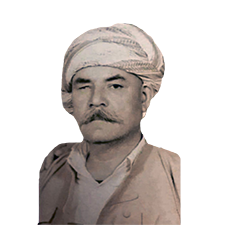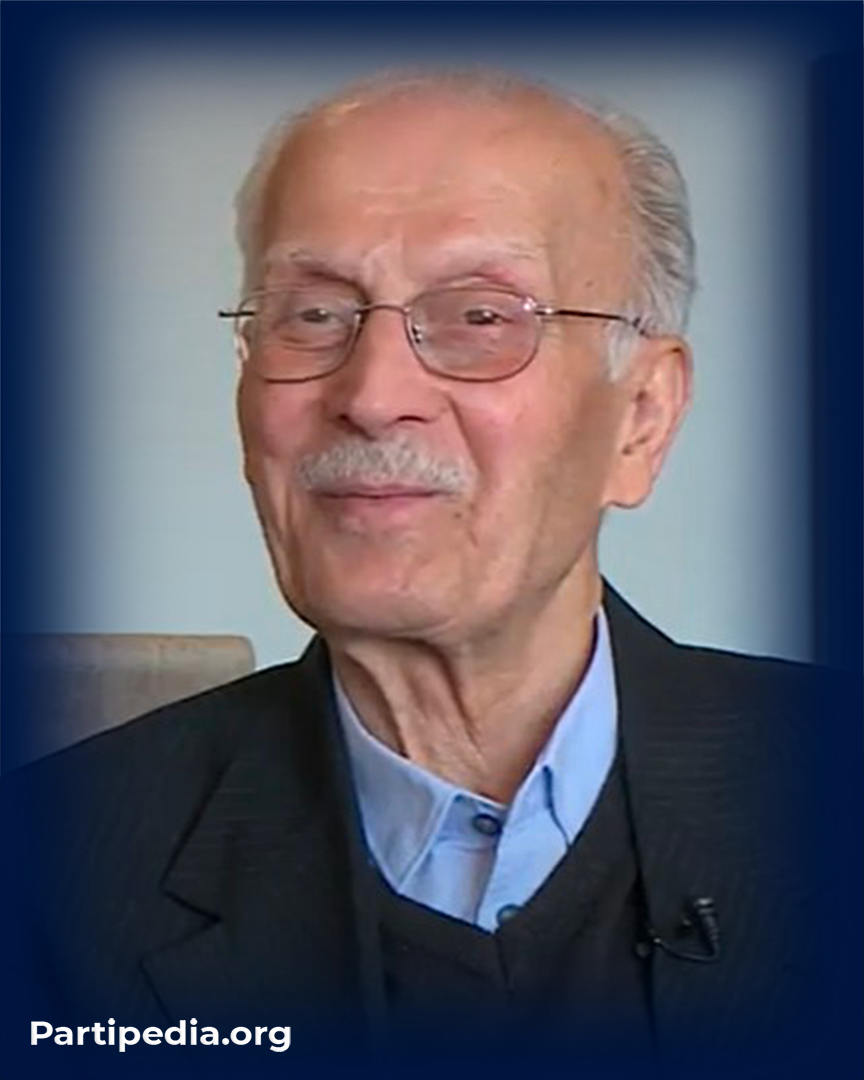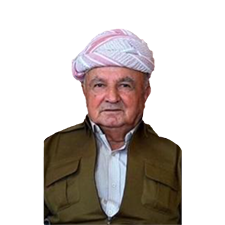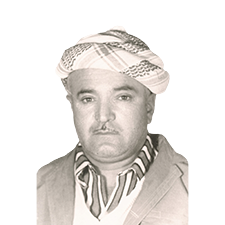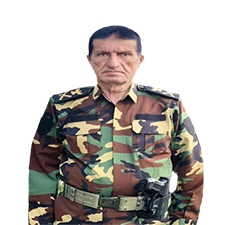Ahmad Mustafa Shuan was born on July 1, 1919, in the village of kanialinj in the Mergasor district of Erbil province. He faced challenges in accessing education due to the distance from his village. Nonetheless, he married there and became involved in political activities. In 1932, he was exiled to Turkey, and from 1945 to 1947, he was further exiled to East Kurdistan. Following the collapse of the September Revolution in 1975, he sought refuge in Iran and settled there. However, after the Kurdistan Uprising in 1991, he returned to his homeland.
Ahmad Mustafa Shuan was not only fluent in his mother tongue but also possessed proficiency in Arabic, Persian, and English languages. His active involvement in the Second Barzan Revolution in 1943 and the subsequent Maidan Morik Dastan in 1945 led him to relocate to East Kurdistan alongside prominent figures such as Sheikh Ahmad Barzani and Mala Mustafa Barzani. In the establishment of the Kurdistan Republic in Mahabad, he assumed the role of a commander and Peshmerga.
During the September Revolution in 1961, Ahmad Mustafa Shuan demonstrated his military prowess and earned several distinguished ranks, including the position of branch chief and battalion commander in the Balak force. He also held administrative and military responsibilities at Barzani's headquarters. In 1976, he actively participated in the May Revolution and was appointed as the commander of the 30th Force in Barzan. Additionally, he served as the administrator of the second branch of the right wing of the Kurdistan Democratic Party (KDP) and headed the Peshmerga forces of the Baran Organization.
Following his return to Kurdistan after the Kurdistan Uprising in 1991, Ahmad Mustafa Shuan continued to contribute to the cause and participated in the uprising. His extensive experience and dedication to the Kurdish struggle make him a highly respected and influential figure in the region.
After the establishment of the Peshmerga Army, he ascended to the position of Brigade Commander of the 47th Unit. Concurrently, he was appointed as the head of the Shirwan Social Committee by order of President Massoud Barzani. He actively participated in numerous battles, including the engagements at Maidan Morik and Goratu in 1945, Mount Qalandar and Badlian, as well as Saqiz, Naghdeh, Alba Kuika, Nalos, Shino, and Margavar during the Kurdistan Republic's conflicts with the Iranian army. During the September Revolution, he played a pivotal role in various confrontations against the Iraqi army, namely Lomana, Zawita, Sarê Zere, Sarê Akre, Syedkan, Balakayety, Hiran, Nazanin, Gomespan, Spilk, Rezan, Mergasur, Kuran, Sarke, Chama Dudemara, and Garwi Omar Agha in Diyana. Throughout his tenure as a Peshmerga, he sustained several injuries, resulting in the loss of his right eye on September 26, 1945, at Qalandar Mountain, on March 15, 1947, during the Nalosi Battle, on September 17, 1963, in the Dudamara River Battle, and in 1966 during the Omar Agha Battle. In 1947, following the return of Barzan forces from East Kurdistan by the Iraqi government, he was imprisoned in Baghdad and Mosul alongside Mustafa Khoshnaw, Mohammed Mahmoud Qudsi, and Khairullah Abdulkarim. Initially sentenced to death, his punishment was later commuted to 20 years in prison. He passed away on the night of May 24-25, 2010, at the Republic Hospital in Erbil.
Sources:
kdp encyclopedia archive




